Cultural Triangle of Sri Lanka
Ancient constructions, royal towns, and Buddhist temples that formerly influenced early Sinhalese culture may be found in abundance in Sri Lanka’s Cultural Triangle. The cultural triangle of Sri Lanka covers a roughly triangular area between three significant ancient Sri Lankan sites. ancient cities the three ancient capitals of the island Kandy, Anuradhapura, and Polonnaruwa mark the triangle. The Lion Rock stronghold, the Dambulla Cave Temple, and less popular locations like Yapahuwa and Ritigala are other points of interest. Visitors may experience the distinctive cultural legacy and history of the Cultural Triangle.
Best time to visit Cultural Triangle of Sri Lanka
The best time to visit cultural triangle in Sri Lanka is the during months of January – march. Its reason for boasting less rainfall and these days is warm and sunny. You can access easily the cultural triangle from Colombo by car in around 3 hours.
Anuradhapura
Anuradhapura, Cultural Triangle of Sri Lanka, is considered the capital of Buddhism and home to numerous significant religious sites. Anuradhapura was one of Asia’s greatest metropolises and was home to many kings and extravagant buildings, including three of the largest stupas the world has ever seen the main sites are located within the complexes of the three great monasteries of Mahavihara, Jetavana, and Abhayagiri. The sacred Bo tree of Sri Maha Bodhi is believed to be the oldest documented living tree in the world and the site where Buddha received Enlightenment. Mihintale, the place where Buddhism was introduced to Sri Lanka, is also revered as the place where Buddhism was introduced.
Polonnaruwa
A UNESCO World Heritage Site in Sri Lanka’s North Central Province is Polonnaruwa, which served as the country’s capital from the 11th to the 13th century. The Royal Palace, the Gal Vihara, a collection of Buddha sculptures, and the Shiva Temple are among the several historic ruins and temples that can be seen in this area. These include the stirring Lankatilaka temple, which is 17 meters tall and has an 18-meter-high standing Buddha figure.
The Gal Vihara, also known as the “Stone Shrine,” is home to a collection of exquisite Buddha rock sculptures that were hewn from a single granite outcrop and serve as the best example of Sinhalese rock carving. simple to go to, while bicycles are the ideal way to see Polonnaruwa city. Anyone interested in Sri Lankan history and culture must visit this significant historical place and get new experiences.
Kandy
The second-largest city in Sri Lanka, Kandy, is situated to in the country’s highlands. Kandy, which is 135 kilometers from Colombo, is regarded as one of the holiest sites in the entire world for Buddhists. The arid town of Dambulla, located in the Cultural Triangle of Sri Lanka, is the ideal starting point for visiting the main attractions of the area Kandy is the nation’s cultural center.
The Temple of the Tooth Relic, the most significant temple in Sri Lanka and a World Heritage site, is said to contain a portion of a tooth belonging to Lord Buddha. Buddhists visit the temple as a place of pilgrimage, and it plays a significant role in Kandy’s cultural environment. you should visit Kandy and get cultural experiences.
Dambulla
Dambulla is also part in cultural triangle of Sri Lanka. Five different cave temples make up Dambulla’s principal attractions. A 15-meter-long reclining Buddha is carved out of solid rock in Cave 1 and has finely painted feet and subtle gold plating. The largest and most remarkable cave is number 2, which has over 150 life-size Buddha sculptures and pictures in addition to magnificent paintings that portray important religious and historical events. The Buddha in meditation artwork in neighboring Cave 3 is the most remarkable of the murals there. Cave 4 is notable for its dagoba in the center, while Cave 5 is the smallest of the group with brick and plaster Buddha statues.
Sigiriya
Sigiriya is also part in cultural triangle of Sri Lanka and Sigiriya,a UNESCO World Heritage Site in Sri Lanka, is a spectacular citadel atop a 200-meter-tall rock called the Lion Rock. The royal citadel occupies three acres on the summit, with cave temples and beautiful water gardens at the foot of the rock. The citadel’s weatherworn foundations include the Royal Palace, outer wall, gardens, and ponds.
A staircase climbs up Sigiriya Lion Rock, where you can see some of the historic frescoes painted on the cave walls. The wall is marked with graffiti, mainly comments written in Sinhalese dating back as early as the 7th century. Sigiriya is a great destination to start your tour, with archeological remains, features, mirror walls, frescoes, and Sigiriya Lion’s Paw.


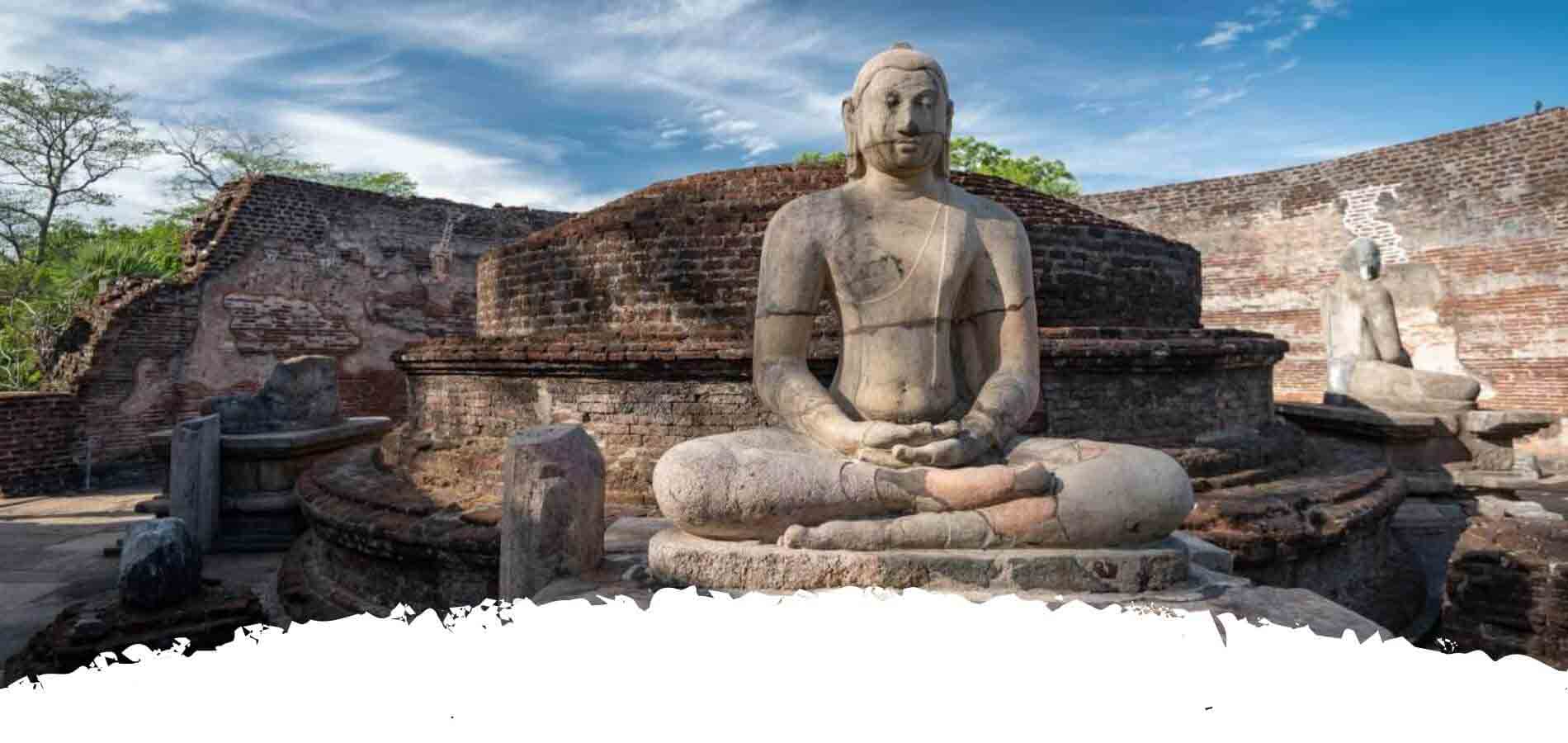
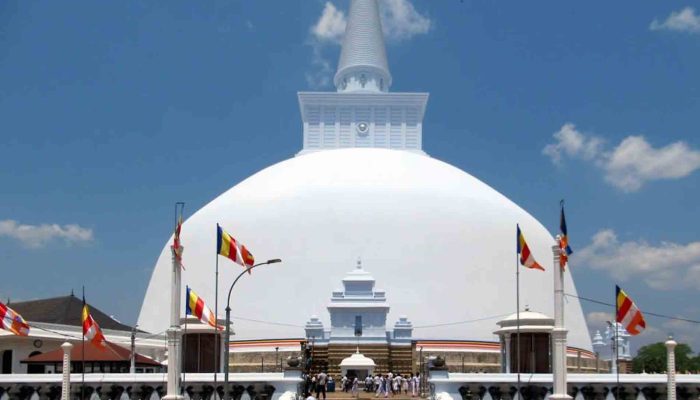
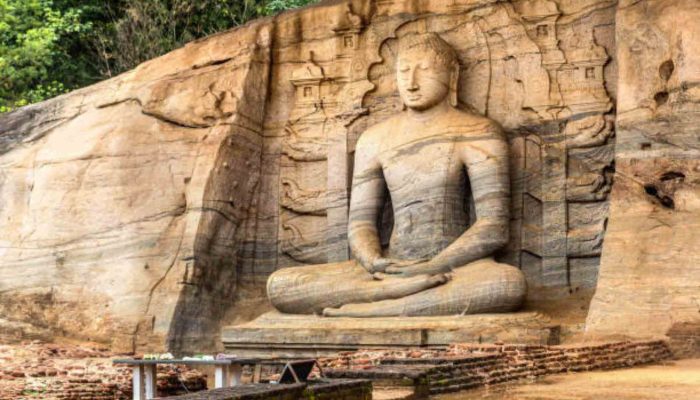
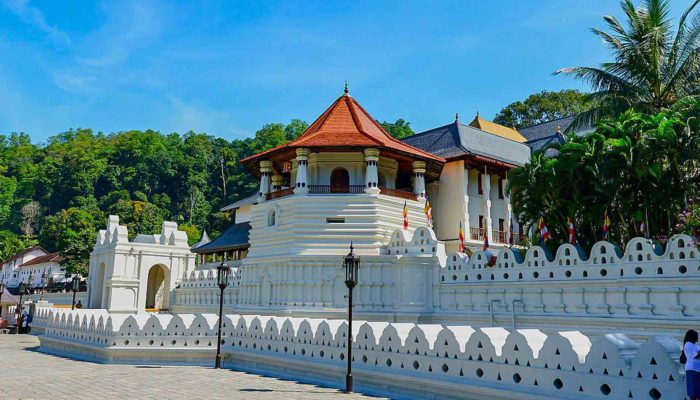
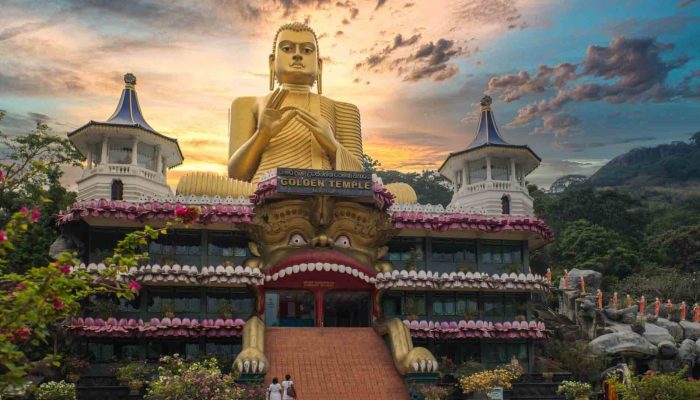

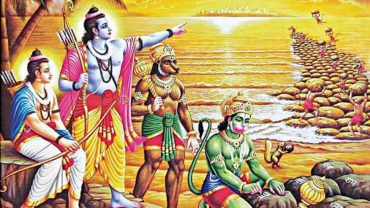

Comment (0)